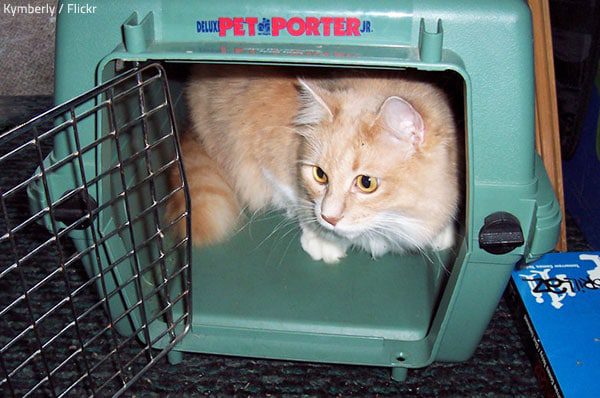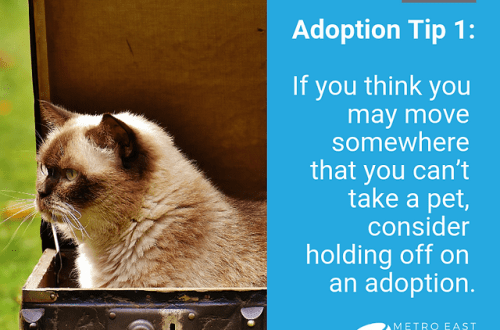
How to transport a cat to another city or country
Pet owners are often faced with the need to organize the transportation of their pets. Whether it’s a vacation, a renovation in an apartment or a move, but the question “How to transport a cat?” sounds over and over again. This is not a very difficult, but at the same time not the easiest process, and it is not only about the stress of pets, but also the existing rules of transportation, without which your venture will not succeed.
You must understand that you can only transport an animal that treated for parasites and does not pose a potential hazard to the health of surrounding people and animals. When transported by any means, the animal must have a veterinary passport, which will contain all the data about the pet, as well as the prescribed vaccinations.
Attention: before transportation, the cat must be vaccinated against rabies – at least one month before the planned date of transportation.
If the cat was vaccinated a long time ago, more than 11 months before the trip, it will no longer be relevant, you will have to vaccinate the animal again!
Автомобиль
Undoubtedly, the easiest way to transport a cat is with your own personal vehicle. If you are traveling across Russia, just in case, just take her veterinary passport and a certificate of form No. 1 for traveling long distances.
In case you are planning cross the border, you need to familiarize yourself with the rules of transportation and plan your trip in accordance with them.
For transportation by car, the cat is placed in a convenient container, whose dimensions do not interfere with the driver’s view. As a rule, the container is placed on the back seat and fixed: fastened with a seat belt.
Bus
Another fairly simple way is to transport the cat by bus. In this case, in addition to the veterinary passport, you must have a strong, reliable carrier, from which the cat will not be able to get out on its own. There are no strict requirements for bus transportation, the main thing is that the cat is healthy and does not cause inconvenience to others.
If during the trip you plan to keep a bag with a cat on your lap, then you do not need to pay extra for transporting the animal, you will take the pet as your personal luggage. However, for convenience, it is recommended to purchase a ticket for an adjacent seat in order to place a carrier on it. During the trip, it is recommended not to take the cat out of the carrier.
Train
If you plan to transport a cat by train, you will need not only a veterinary passport with a current rabies vaccination stamp and a strong container, but also a veterinary certificate No. 1, valid for three days. Transportation of an animal on the train will be paid.
Before or directly on the day of the trip at the ticket office of the station is purchased special receipt marked “cat in a container”. We recommend that you purchase a receipt in advance, at the same time when you issue a passenger ticket. Be sure to check whether animals can be transported in a particular wagon. As a rule, small pets are allowed to be transported in a reserved seat and a compartment and are not allowed in SV and extra comfort carriages.
If you need to transport two animals in one carrier, their number must be reflected in the receipt – check and follow this, otherwise you may be forced to pay a fine on the spot, and this will be legal.
Pay special attention to the shipping container, as there are regulated features and dimensions. The carrier must be strong, tightly closed, with good ventilation and a special rim on the bottom. The dimensions of the carrier must allow it to fit in the space provided for carry-on baggage. Place an absorbent pad on the bottom of the carrier.
Aircraft
Transporting an animal by plane is the most difficult. Yes, the plane is fast and convenient, but there are a lot of requirements for such transportation. You should know that not in all cases you will be allowed to transport an animal in the cabin of the aircraft, most likely, the container will be assigned to the luggage compartment – this information should be clarified even before buying a ticket. Shipping costs will be calculated separately.
As in previous cases, the cat must have a veterinary passport with a note about the recent rabies vaccine, the airline may request additional information – be sure to check this point before buying a ticket. There are also a number of strict requirements for carrying.
Transportation in the cabin
It is not always allowed to transport small animals in the cabin, but if there is a permit, then, as a rule, it is an economy class cabin. Before booking tickets, be sure to clarify all the nuances: is it allowed to transport an animal on a particular plane, what seats are allocated for this, etc.
In the cabin of an aircraft, an animal cannot travel on its own, it must be accompanied by an adult. The weight of the carrier together with the animal should not exceed 8 kg, and the dimensions should not exceed 25 x 35 x 45 cm. If the cat weighs 3 kg or less, the container can be made of any materials. If the cat weighs more than 3 kg, it should be placed in a container made of reliable materials, with a secure lock and strong connections, as well as with a waterproof bottom and good ventilation.
Containers must be special, animals in self-made containers will not be allowed for transportation!
Attention: it is strictly forbidden to let an animal out of the container during the flight!
Carriage in the luggage compartment
The container for transporting a cat should weigh up to 32 kg (several cats can fit in the container), and its dimensions should not exceed 50 x 50 x 100 cm, and the container must also have convenient carrying handles.
The container should be made of reliable materials, the door should be made of metal, and the door locks should go deep into the grooves by at least 5 mm. The bottom of the cage should be strong and waterproof, and a special absorbent diaper should be placed on it. The container must be spacious so that the cat can stand up freely. The container must have ventilation holes, but of such a size that the cat cannot stick its head or paws into them.
Remember that no one will be able to monitor the animal in the luggage compartment! If any trouble arises, the airline will not be responsible for your pet. Therefore, only absolutely healthy animals should be transported in the luggage compartment, without such features of the breed as bare skin without a coat (during the flight such a cat can get cold) or flat muzzles, due to which the animals may have difficulty breathing. Treat this moment with great attention and in case of doubt, be sure to consult an experienced specialist on this issue!
Attention: norms and rules of transportation by any transport are constantly updated.
In addition, various transport companies often put forward their own requirements for the transportation of animals. Therefore, be sure to check all the information in advance, specifically with the transport company whose services you plan to use.
Do not forget about the well-being of your pet. Many animals experience severe stress during transportation. If your cat does not tolerate transportation well, it is best to give the cat a safe sedative before the trip, which one – your veterinarian will tell you. Be sure to take water and food for your pet with you, as well as special diapers, in winter, put something warm in the container (jacket or blanket).
Take care of your animals, and good luck to you!





